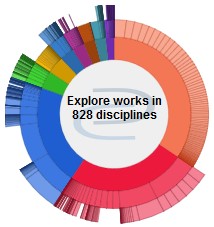-

Simplified jet-A kinetic mechanism for combustor application
Bahman Ghorashi, Chi-Ming Lee, and Krishna Kundu
Successful modeling of combustion and emissions in gas turbine engine combustors requires an adequate description of the reaction mechanism. For hydrocarbon oxidation, detailed mechanisms are only available for the simplest types of hydrocarbons such as methane, ethane, acetylene, and propane. These detailed mechanisms contain a large number of chemical species participating simultaneously in many elementary kinetic steps. Current computational fluid dynamic (CFD) models must include fuel vaporization, fuel-air mixing, chemical reactions, and complicated boundary geometries. To simulate these conditions a very sophisticated computer model is required, which requires large computer memory capacity and long run times. Therefore, gas turbine combustion modeling has frequently been simplified by using global reaction mechanisms, which can predict only the quantities of interest: heat release rates, flame temperature, and emissions. Jet fuels are wide-boiling-range hydrocarbons with ranges extending through those of gasoline and kerosene. These fuels are chemically complex, often containing more than 300 components. Jet fuel typically can be characterized as containing 70 vol pct paraffin compounds and 25 vol pct aromatic compounds. A five-step Jet-A fuel mechanism which involves pyrolysis and subsequent oxidation of paraffin and aromatic compounds is presented here. This mechanism is verified by comparing with Jet-A fuel ignition delay time experimental data, and species concentrations obtained from flametube experiments. This five-step mechanism appears to be better than the current one- and two-step mechanisms.
Printing is not supported at the primary Gallery Thumbnail page. Please first navigate to a specific Image before printing.


